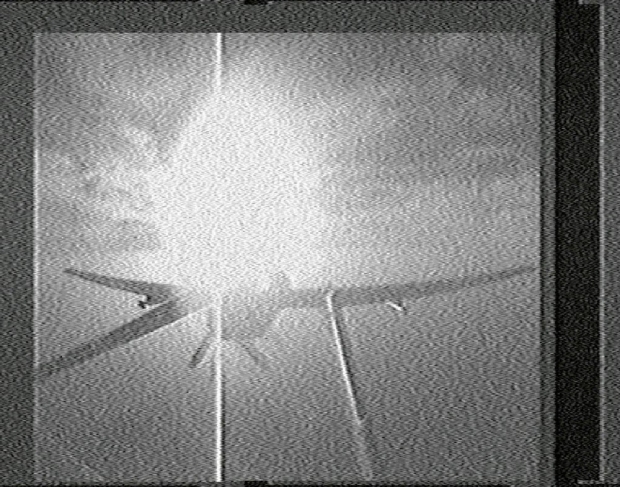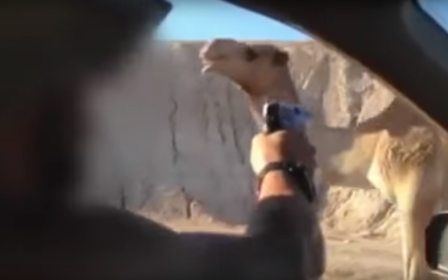US and UK spy agencies hacked into Israeli drone feeds: Report

UK and US intelligence services hacked into Israeli drone feeds, according to information leaked by National Security Agency (NSA) whistleblower Edward Snowden.
According to the investigative website the Intercept, the UK’s GCHQ and the US’s NSA used a classified programme codenamed “Anarchist” to tap into live feeds from Israeli drones, reportedly to both monitor military operations in the Gaza Strip and anticipate a military strike against Iran.
Though it is accepted as an open secret that Israel flies missile-equipped attack drones, stills released by the feed provide rare visible evidence of this.
“There’s a good chance that we are looking at the first images of an armed Israeli drone in the public domain,” said Chris Woods, author of Sudden Justice, a history of drone warfare, speaking to the Intercept.
“They’ve gone to extraordinary lengths to suppress information on weaponised drones.”
In response to a request for comment, Israeli army spokesperson Peter Lerner told Middle East Eye he would "have to decline to comment on the subject".
The Anarchist programme, which has since apparently been closed, operated from an RAF installation in the Troodos Mountains in Cyprus.
An earlier document released by Snowden indicated that the NSA targeted Israeli drones and an Israeli missile system for tracking from Troodos.
“This access is indispensable for maintaining an understanding of Israeli military training and operations and thus an insight to possible future developments in the region,” a GCHQ report from 2008 said.
“In times of crisis this access is critical and one of the only avenues to provide up to the minute information and support to US and Allied operations in the area.”
International security services have been in uproar since Edward Snowden first released a tranche of documents to the Guardian which were published in June 2013, detailing extensive surveillance of British and American citizens by the security services.
Middle East Eye propose une couverture et une analyse indépendantes et incomparables du Moyen-Orient, de l’Afrique du Nord et d’autres régions du monde. Pour en savoir plus sur la reprise de ce contenu et les frais qui s’appliquent, veuillez remplir ce formulaire [en anglais]. Pour en savoir plus sur MEE, cliquez ici [en anglais].






